Morro de puerto rico: Exploring Castillo San Felipe del Morro in Old San Juan
El Morro Fortress, Puerto Rico – Unique Places Around The World
The El Morro fortress was designed to defend San Juan from seaborne attacks.
The Castillo San Felipe del Morro, also known as the El Morro fortress, is a sixteenth-century fortress that is situated in San Juan, Puerto Rico. The fort was designed to defend San Juan from seaborne attacks while protecting San Juan Bay’s entrance. The fortress became a UNESCO World Heritage Site in 1983. The El Morro fortress is one of leading Puerto Rican attractions which receives over 2 million visitors annually.
Construction of the El Morro Fortress
The construction of this fortress and its surrounding wall started in 1539, and its purpose was defending San Juan’s port by controlling its entrance. A proto-fortress was constructed in the first year of construction as a viable defense for the region while the fortress was being built. Architect-engineer Juan Antonelli and field marshal Tejeda drew the final designs of El Morro fortress in 1587. The plan was based on various established forts of that time. The construction process at San Juan started in 1589 with 18 masons, 2 smiths, 12 stonecutters, skilled artisans, an overseer, a metal founder, a cooper, and 150 slaves. Captain-General Menendez took over after Antonelli and Tejeda went to Santo Diego to build another fortress. Captain Pedro de-Salazar took over the entire project in 1591.
A proto-fortress was constructed in the first year of construction as a viable defense for the region while the fortress was being built. Architect-engineer Juan Antonelli and field marshal Tejeda drew the final designs of El Morro fortress in 1587. The plan was based on various established forts of that time. The construction process at San Juan started in 1589 with 18 masons, 2 smiths, 12 stonecutters, skilled artisans, an overseer, a metal founder, a cooper, and 150 slaves. Captain-General Menendez took over after Antonelli and Tejeda went to Santo Diego to build another fortress. Captain Pedro de-Salazar took over the entire project in 1591.
The construction of the surrounding city walls began in 1634 and by 1650 San Juan was enclosed on the west, south, and east, while the north was protected by natural battlements. The fortress had a hornwork for protecting the landward side of the water battery and tower. The fort has 2 half-bastions, one of the harbor side and another on the Atlantic side, that are linked by a curtain wall. The walls were 18-40ft thick, and they were made of sandstone and limestone blocks.
The fortress had a hornwork for protecting the landward side of the water battery and tower. The fort has 2 half-bastions, one of the harbor side and another on the Atlantic side, that are linked by a curtain wall. The walls were 18-40ft thick, and they were made of sandstone and limestone blocks.
History of El Morro Fortress
Spanish Rule
The citadel survived numerous attacks from other powers on several occasions. Sir Drake Francis unsuccessfully attacked the fort in 1595. George Clifford successfully attacked the castle over land in 1598, but a dysentery epidemic forced Clifford to flee. The Dutch also managed to invade the island overland, and they were able to gain access into the harbor, but the Spanish managed to resist forcing the Dutch to retire. The fort’s last active battle occurred during the American-Spanish War in 1898 when the United States Navy attacked the island. The citadel was attacked thrice during the battle with the largest being the bombardment of May 12, 1898. The Spanish-American War ended with Spain surrendering the Philippines, Guam, Cuba, and Puerto Rico to the United States after signing the Paris Treaty.
The fort’s last active battle occurred during the American-Spanish War in 1898 when the United States Navy attacked the island. The citadel was attacked thrice during the battle with the largest being the bombardment of May 12, 1898. The Spanish-American War ended with Spain surrendering the Philippines, Guam, Cuba, and Puerto Rico to the United States after signing the Paris Treaty.
American Occupation
The fortress and numerous other Spanish buildings became part of the American Army post known as Fort Brooke. The American military built a golf course, hospitals, baseball diamonds, and officer’s quarters on the island during the early twentieth century.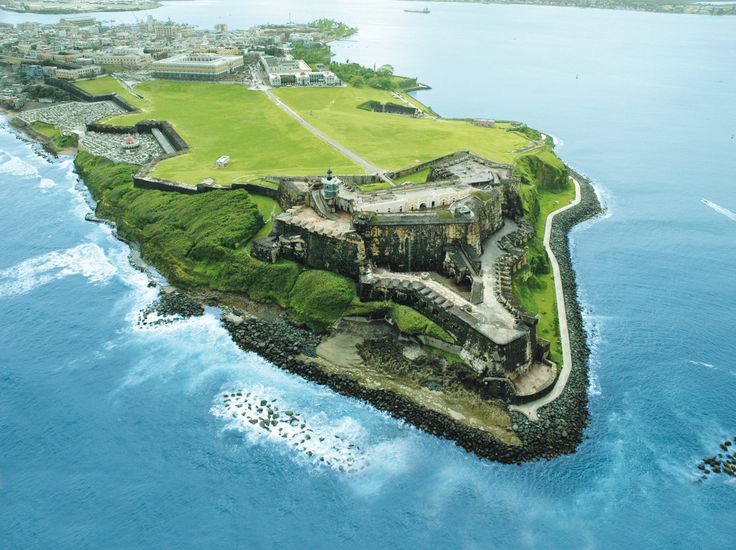 The U.S. Army also built a concrete bunker to serve as the region’s defense control station to keep watch of the Germans submarines that were destroying ships in the Caribbean. The fortress and the surrounding walls became part of American National Park service after the U.S. Army left El Morro in 1961.
The U.S. Army also built a concrete bunker to serve as the region’s defense control station to keep watch of the Germans submarines that were destroying ships in the Caribbean. The fortress and the surrounding walls became part of American National Park service after the U.S. Army left El Morro in 1961.
Geoffrey Migiro in Travel
San Juan National Historic Site in Puerto Rico Reopening Areas to Visitors
Date: November 21, 2017
Contact: [email protected]
WASHINGTON – U.S. Secretary of the Interior Ryan Zinke and the National Park Service (NPS) today announced that the NPS has resumed normal operations and public tours at the visitor center and Castillo San Cristóbal area of San Juan National Historic Site. Castillo San Felipe del Morro is expected to reopen as early as next week. The National Park Service is an important tourism factor in Puerto Rico, generating more than $100 million in economic activity every year for the island. In 2016, more than 1.4 million people visited NPS sites in Puerto Rico, spurring more than $85 million in visitor spending. The 1,065 jobs the park visitors supported created more than a $100 million in economic output and $40 million in income.
The National Park Service is an important tourism factor in Puerto Rico, generating more than $100 million in economic activity every year for the island. In 2016, more than 1.4 million people visited NPS sites in Puerto Rico, spurring more than $85 million in visitor spending. The 1,065 jobs the park visitors supported created more than a $100 million in economic output and $40 million in income.
On September 20, Category 5 Hurricane Maria hit Puerto Rico causing damage to the historic fortifications at San Juan National Historic Site and forcing closures at the site. Since that time the NPS has been working to repair and restore the site and to ensure that facilities are safe for visitors and employees.
“For over 400 years, Castillo San Felipe del Morro has stood as guardian and symbol of Puerto Rico’s heritage, and it’s also a major tourism attraction for visitors from all over the world” said Secretary Zinke. “I’m incredibly proud of the National Park Service and entire Interior family who have been working nonstop to reopen this important cultural and tourism attraction.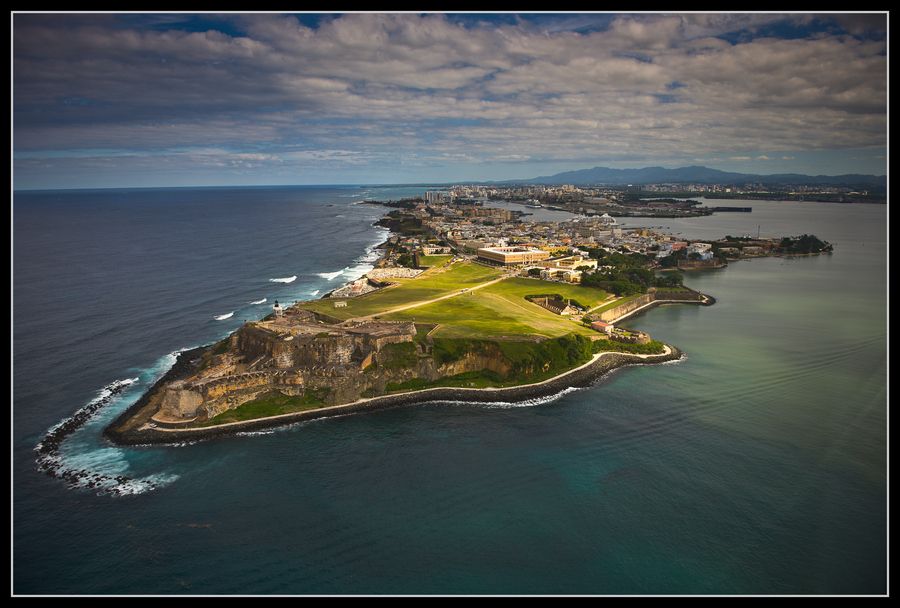 Part of rebuilding communities means rebuilding revenue streams so folks can get back to work, earn a living, and care for their families. The National Park Service will continue to work closely with the people of Puerto Rico to restore life into this vibrant community.”
Part of rebuilding communities means rebuilding revenue streams so folks can get back to work, earn a living, and care for their families. The National Park Service will continue to work closely with the people of Puerto Rico to restore life into this vibrant community.”
The governor of Puerto Rico, Ricardo Rosselló, said, “with the announcement of the reopening of these spaces we show that we are en route to the recovery of our Island. The San Cristóbal Castle and San Felipe del Morro Castle are part of the historical and cultural heritage of Puerto Rico, essential spaces to continue promoting tourism as part of our economy. We invite all Puerto Ricans and visitors to continue enjoying the national historic sites of our Island.”
San Juan National Historic Site is comprised of Castillo San Felipe del Morro, Castillo San Cristóbal, Fort San Juan de La Cruz (El Cañuelo), La Puerta de San Juan and most of the city wall. The park is open every day from 9:00 a.m to 6:00 p.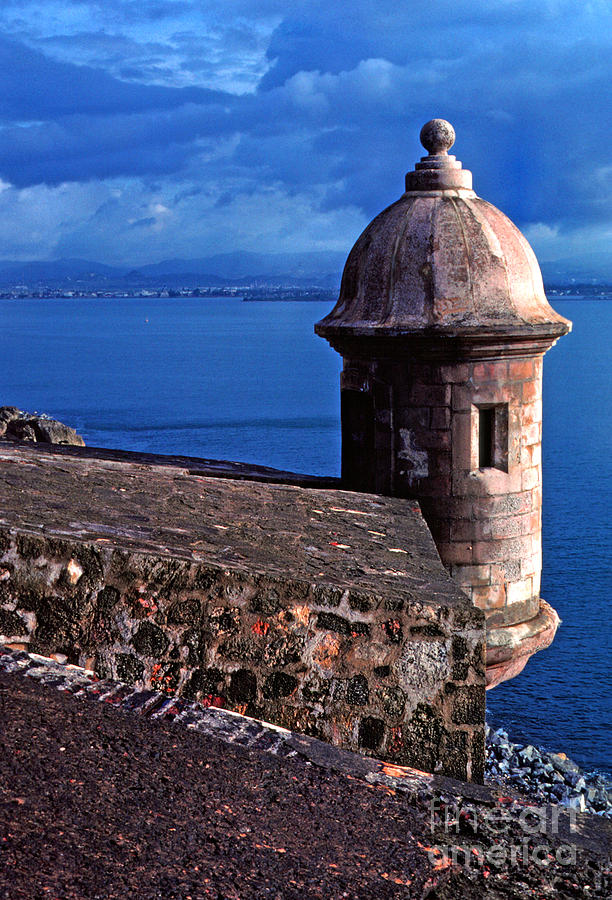 m, except on Thanksgiving, Christmas, and New Year’s Day.
m, except on Thanksgiving, Christmas, and New Year’s Day.
It is anticipated that Castillo San Felipe del Morro will open on Monday, November 27, 2017. On Saturday, December 2, 2017, the park is planning to host a community reopening event for the public.
For a complete listing of times and dates for activities at San Juan National Historic Site, follow the park on Facebook at https://www.facebook.com/SanJuanNPS/ or visit the park’s website http://www.nps.gov/saju/planyourvisit/guidedtours.htm.
How to get from Puerto Rico de Gran Canaria to Las Palmas de Gran Canaria (area)
🇺🇸 English
🇪🇸 Español
🇩🇪 German
🇫🇷 Fraçais
🇵🇹 Portugues
From
Show hotels
By car, car ferry
In a rented car. Check out this website which car rental company offers the best offer with up to 20% discounts.
Travel time 53 min. Distance 74 km.
Get off at Las Palmas de Gran Canaria.
Embarque no ferry Fred Olsen no porto de Las Palmas de Gran Canaria.
Travel time 3 hours 30 minutes Fare from €30 Distance 105 km.
Carrier: Fred Olsen.
Buy ticket
Get off at Morro Jable, Fuerteventura.
In a rented car. Check out this website which car rental company offers the best offer with up to 20% discounts.
Travel time 54 min. Distance 66 km.
Get off at Las Palmas de Gran Canaria (area).
🛏 Find hotel deals and discounts up to 20% in Las Palmas de Gran Canaria (area)
Bus, car ferry
Take the Global Las Palmas bus at the Puerto Rico stop.
Travel time 57 min. Fare from €6 Distance 69 km.
Carrier: Global Las Palmas.
Buy ticket
Get off at Juan XXIII.
Apanhar um táxi em Juan XXIII.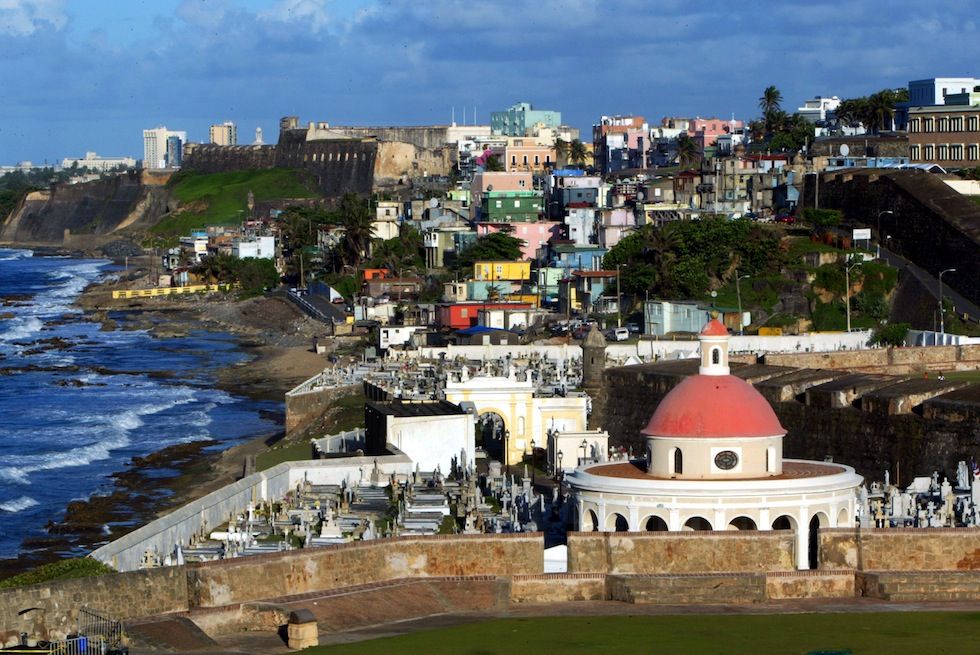
Travel time 6 min. Fare from €6 Distance 5 km.
Carrier: Teletaxis Tafira Alta.
🚖 Find a cheap taxi
Get off at Las Palmas de Gran Canaria.
Embarque no ferry Fred Olsen no porto de Las Palmas de Gran Canaria.
Travel time 3 hours 30 minutes Fare from €30 Distance 105 km.
Carrier: Fred Olsen.
Buy ticket
Get off at Morro Jable, Fuerteventura.
480 m walk from Morro Jable, Fuerteventura to Muelle Morro Jable.
Travel time 5 min. Distance 480 m.
Get off at Muelle Morro Jable.
Take the Tiadhe bus at the Muelle Morro Jable stop.
On the way 1 h 33 min. Fare from €6 Distance 93 km.
Carrier: Tiadhe.
Buy ticket
Get off at Antigua – Figura de manos.
🛏 Find hotel deals and discounts up to 20% in Las Palmas de Gran Canaria (area)
Airplane, line 1 bus
Take the Global Las Palmas bus at the Puerto Rico stop.
Travel time 37 min. Fare from €4 Distance 46 km.
Carrier: Global Las Palmas.
Buy ticket
Get off at Aeropuerto LP Expres.
Fly to Gran Canaria (LPA) from Fuerteventura (FUE).
Travel time 40 min. Fares from €26
Carrier: Canaryfly.
22
🚖 Find a cheap taxi
Get off at Fuerteventura (FUE).
Take the Tiadhe bus at the Fuerteventura Airport stop.
Travel time 7 min. Fare from €1 Distance 11 km.
Carrier: Tiadhe.
Buy ticket
Get off at Puerto del Rosario (Estacion Puerto).
Take the Tiadhe bus at the Puerto del Rosario stop.
Travel time 26 min. Fare from €1 Distance 20 km.
Carrier: Tiadhe.
Buy ticket
Get off at Antigua – Inpesca.
🛏 Find a hotel with up to 20% discount in Las Palmas de Gran Canaria (area)
What is the cheapest way to get from Puerto Rico de Gran Canaria to Las Palmas de Gran Canaria ( region)?
The cheapest way to get from Puerto Rico de Gran Canaria to Las Palmas de Gran Canaria (area) is by plane, line 1 bus. The trip will cost approximately €32. Travel time will be 3 hours 46 minutes.
What is the fastest way to get from Puerto Rico de Gran Canaria to Las Palmas de Gran Canaria (area)?
Airplane, line 1 bus is the fastest way to get from Puerto Rico de Gran Canaria to Las Palmas de Gran Canaria (area). Tickets cost around €32. The trip will take 3 hours 46 minutes.
Tickets cost around €32. The trip will take 3 hours 46 minutes.
From Puerto Rico de Gran Canaria
- Puerto Rico de Gran Canaria → Las Palmas de Gran Canaria (region)
- Puerto Rico de Gran Canaria → Gran Canaria
- Puerto Rico de Gran Canaria Canaria → Gran Canaria Airport (LPA)
- Puerto Rico de Gran Canaria → Dunas de Maspalomas
To Las Palmas de Gran Canaria (area)
- Puerto Rico de Gran Canaria → Las Palmas de Gran Canaria (region)
- Barcelona → Las Palmas de Gran Canaria (region)
- Agaete → Las Palmas de Gran Canaria (region)
- Arucas → Las Palmas de Gran Canaria (region)
- Maspalomas → Las Palmas de Gran Canaria (region)
- Warsaw → Las Palmas de Gran Canaria (region)
- Fuerteventura → Las Palmas de Gran Canaria (region)
- Valencia → Las Palmas de Gran Canaria (region)
- Lanzarote ( island) → Las Palmas de Gran Canaria (region)
- Dunas de Maspalomas → Las Palmas de Gran Canaria (region)
- Alicante → Las Palmas de Gran Canaria (region)
- Minsk → Las Palmas de Gran Canaria (region)
- Santa Cruz de Tenerife → Las Palmas de Gran Canaria Canaria (region)
%d0%ad%d0%bb%d1%8c-%d0%9c%d0%be – Translation into Russian – examples English
Premium
History
Favorites
Advertising
Download for Windows It’s free
Download our free app
Advertising
Advertising
No ads with Premium
English
Arabic
German
English
Spanish
French
Hebrew
Italian
Japanese
Dutch
Polish
Portuguese
Romanian
Russian
Swedish
Turkish
Ukrainian
Chinese
Russian
Synonyms
Arabic
German
English
Spanish
French
Hebrew
Italian
Japanese
Dutch
Polish
Portuguese
Romanian
Russian
Swedish
Turkish
Ukrainian
Chinese
Ukrainian
These examples may contain rude words based on your search.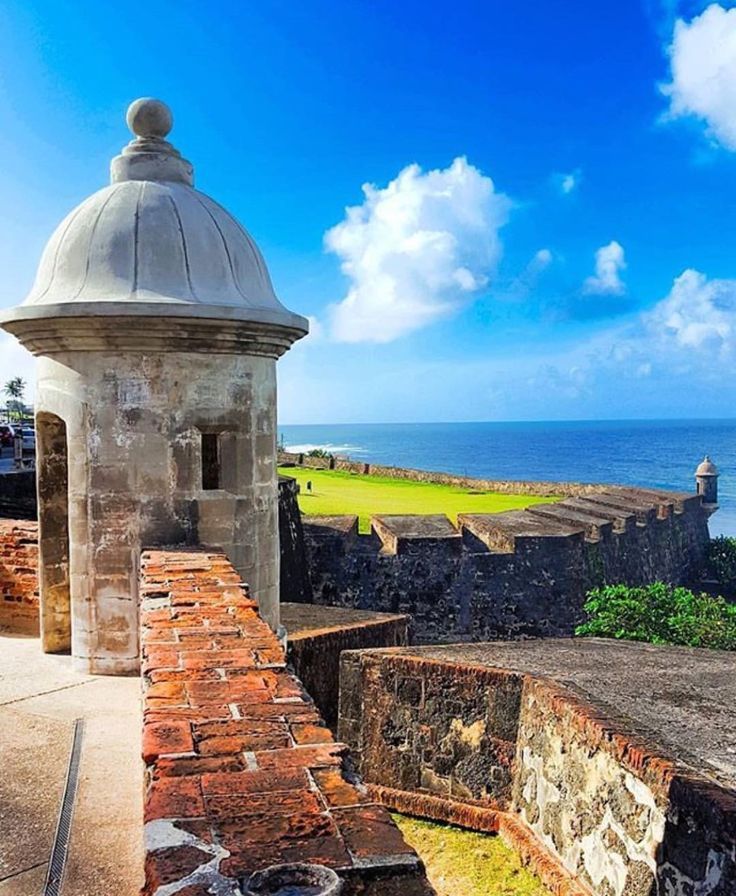
These examples may contain colloquial words based on your search.
Translation – based on AI technology
Translation is taking longer than usual. Hang on or click here to open the translation in a new window.
Oops! We are having trouble retrieving the data.
%d0%ad%d0%bb%d1%8c-%d0%9c%d0%be%d1%80%d1%80%d0%be
For longer texts
Register
Login
Voice translation and longer texts
The classes for flaming droplets and particles are d0 , d1 and d2, where d0 is the best.
Flame Formation and Spread of Burning Particles Class d0 , d1 and d2, where d0 performs better.
For example: suppose you hold Ac 8c and the flop comes Qh 9c 4c.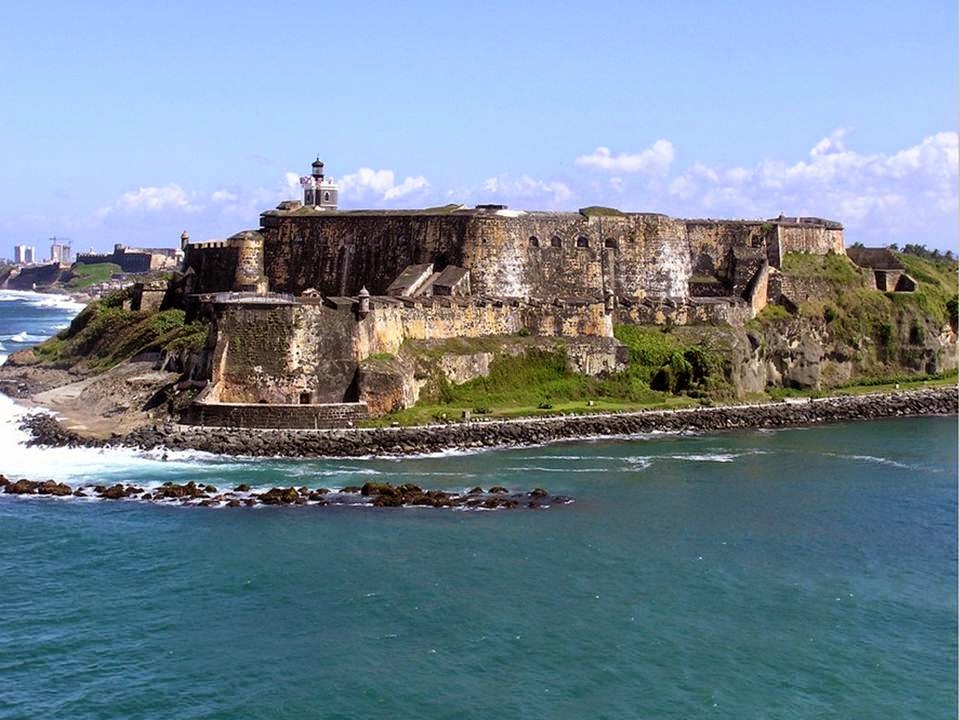
For example, if you have Ac 8c , then Qh 9c 4c comes on the flop.
This process means that f will alternate between being equal to d0 and then to d1 at the frequency of c.
This process means that f will be set to d0 , then d1 in turn, with a frequency of c.
For classes A2 to D there are additional classes for smoke development s1, s2 or s3, and the amount of burning droplets emitted d0 , d1 or d3 (e.g. A2-s1, d0 ).
To classes A2 – D, there are additional classes for the formation of smoke s1, s2 or s3 and the number of emitted burning droplets d0 , d1 or d3 (for example, A2-s1, d0 ).
The outputs of the ‘AND’ gates will only be high when the control signal and the input signal ( d0 or d1 ) are high.
The outputs of the ‘AND’ elements will be high only when the control signal and the input signals ( d0 or d1 ) high.
When demand decreases, the demand curve shifts leftward from D0 to D1 .
If demand drops so much that the demand curve shifts to the left from Dt to Dt1
Whereas the workings of quantum graphity are somewhat ad hoc, the laws governing D0 -branes are dictated by considerations of symmetry.
If the processes in quantum graffiti are arbitrary to a certain extent, then the laws governing D0-branes obey symmetry.
This uniqueness can be defined on several levels as exceptional 4C parameters (basis), and in fact according to our 8C or 9C scale.
This uniqueness can be defined at several levels, defined as unique parameters 4C (base), and de facto on our scale 8C or 9C because they are not only the correct size,
Likewise, detection of idler photons at D1 or D2, which do not provide which-path information, means that interference patterns can be observed in the jointly detected subset of signal photons at D0 .
Similarly, the detection of idler photons in D1 or D2, which provide no path information, means that interference patterns can be observed in the co-detected subset of signal photons in D0 .
If the frequency of the control signal is at least twice the frequency of input signals, then the output f will contain enough information about both d0 and d1 that a demuxer will be able to reconstruct the original input signals.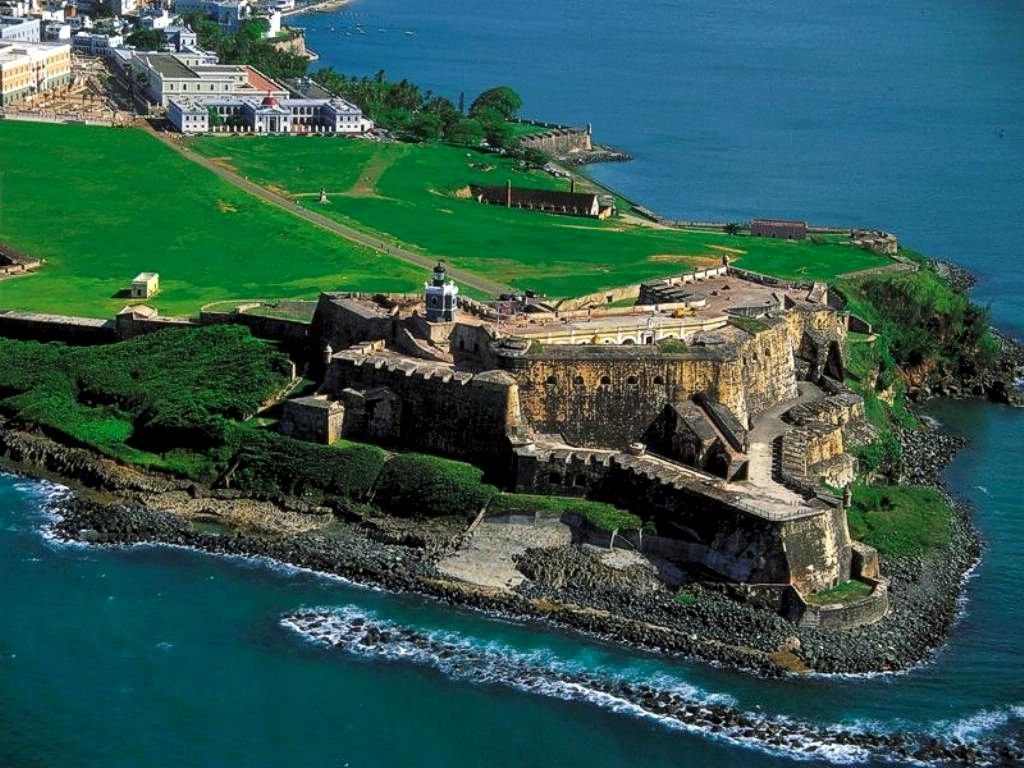
If the frequency of the control signal is at least twice the frequency of the input signals, then the output signal f will contain enough information about both d0 and d1 signals so that the demultiplexer can return them to their original state.
Documentation on the formation of files D0 and D1 for forms Nº200 and Nº201 statistical reporting of the NBU from 2013
04/07/2013 Heading: Useful articles Documentation on the formation of files D0 and D1 according to the forms Nº200 and Nº201 of the NBU statistical reporting since 2013
Figure 3. x axis: position of D0 . y axis: joint detection rates between D0 and D1 , D2, D3, D4 (R01, R02, R03, R04).
Figure H. X axis: position D0 . Y-axis: combined detection frequency between D0 and D1 , D2, D3, D4 (R01, R02, R03, R04).
The support level is the level of 1.1090 (the middle line of the BB at D1 , which coincides with the upper boundary of the Kumo cloud).
The support level is 1.1090 (middle line BB at D1 , coinciding with the upper boundary of the Kumo cloud).
Paired with the dollar, the single currency entered the 17th figure, but could not even test the first resistance level (the top line of the BB on D1 ), which was very close at 1.1755.
Paired with the dollar, the single currency entered the 17th figure, but could not even test the first resistance level (upper line BB to D1 ), which was very close – at around 1.1755.
Simulated recordings of photons jointly detected between D0 and D1 , D2, D3, D4 (R01, R02, R03, R04)
Simulation of recording photons co-detected between D0 and D1 , D2, D3, D4 (R01, R02, R03, R04)
The two signals are represented as d0 and d1 while the control signal is represented as c.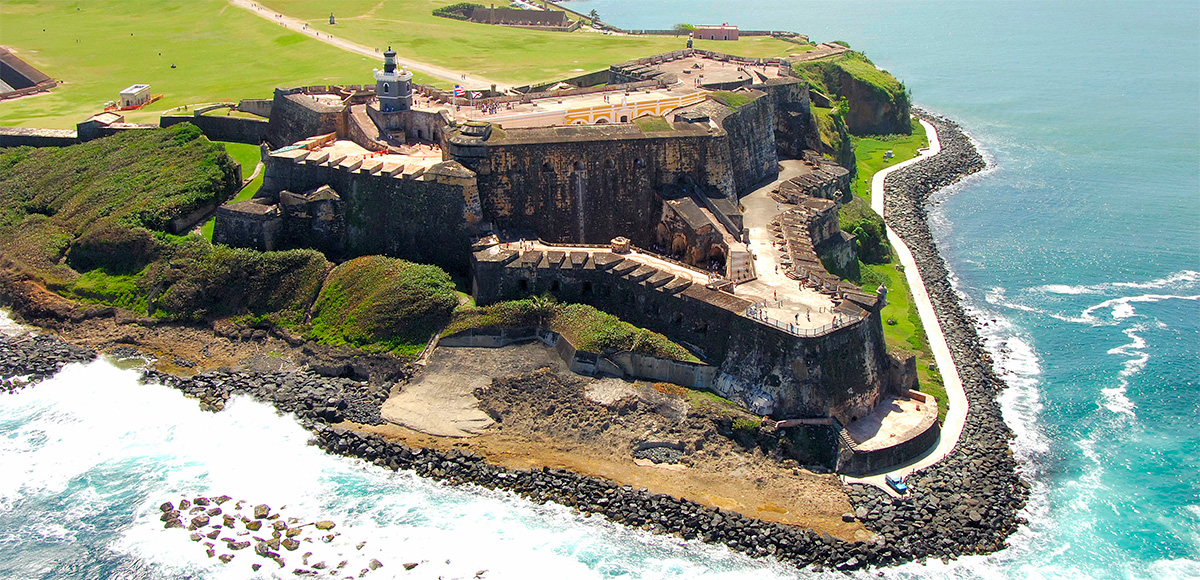 The output, which is a function of the two inputs, is represented as f. The symbols in this figure are standard symbols for representing logic gates.
The output, which is a function of the two inputs, is represented as f. The symbols in this figure are standard symbols for representing logic gates.
The two signals are represented as d0 and d1 , and the control signal is represented as c. The output, which is a function of the two inputs, is represented as f. The symbols shown in this diagram are the standard logical element symbols.
The monitor uses a ranking system that goes from D0 (abnormal dryness) to D1 (moderate drought), D2 (severe drought), D3 (extreme drought) and D4 (exceptional drought).
The monitoring uses a classification system, D0 (abnormal drought), D1 (moderate drought), D2 (severe drought), D3 (extreme drought) and D4 (exceptional drought).
The lack of air compartments inside the BB pellets ad the well placed center of gravity influence very well the repeatability of shots.
The lack of air pockets inside the pellets BB in a well placed center of gravity has a very good effect on the repeatability of shots.
Russia’s first virtual simulator is designed for practicing endoscopic surgical skills% D1 % 85irurgov different profiles and can be used for both novice surgeons with the aim of mastering the basic endoscopic skills and experienced professionals who% D0 % B5 can perform full operation
The first Russian virtual simulator is designed to develop endoscopic operational skills for surgeons of various profiles and can be used both for beginner surgeons in order to master basic endoscopic skills, and for experienced specialists who can perform full-fledged operations.
BB and bb are homozygous while Bb is heterozygous.
At the same time, a pair of bb or BB is called homozygous, and Bb heterozygous.